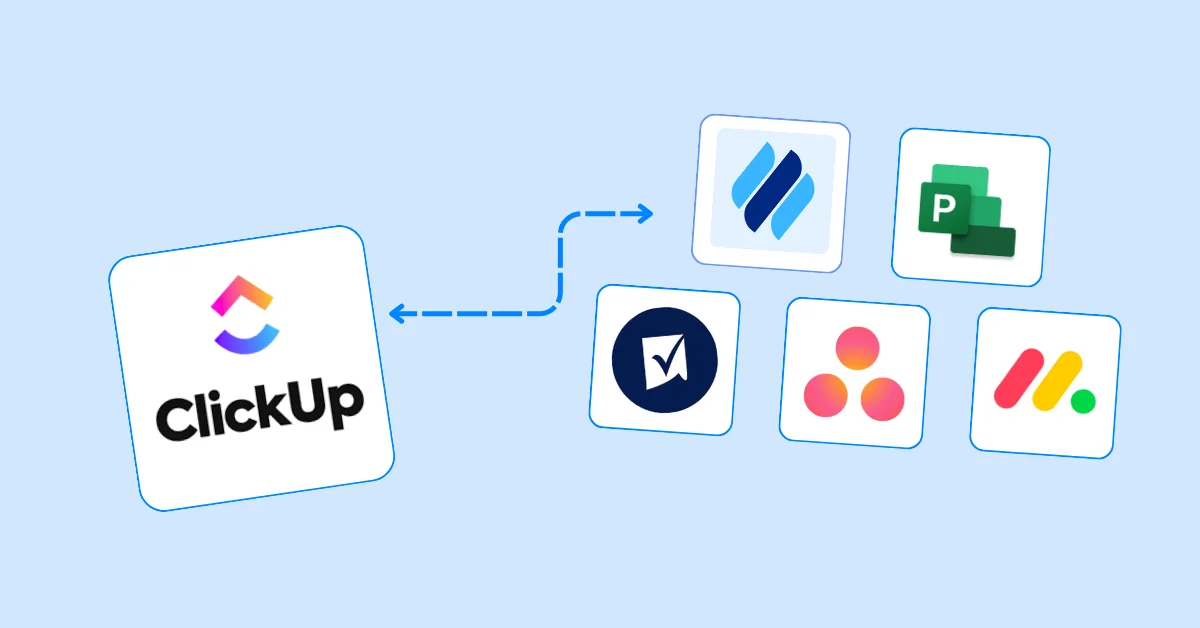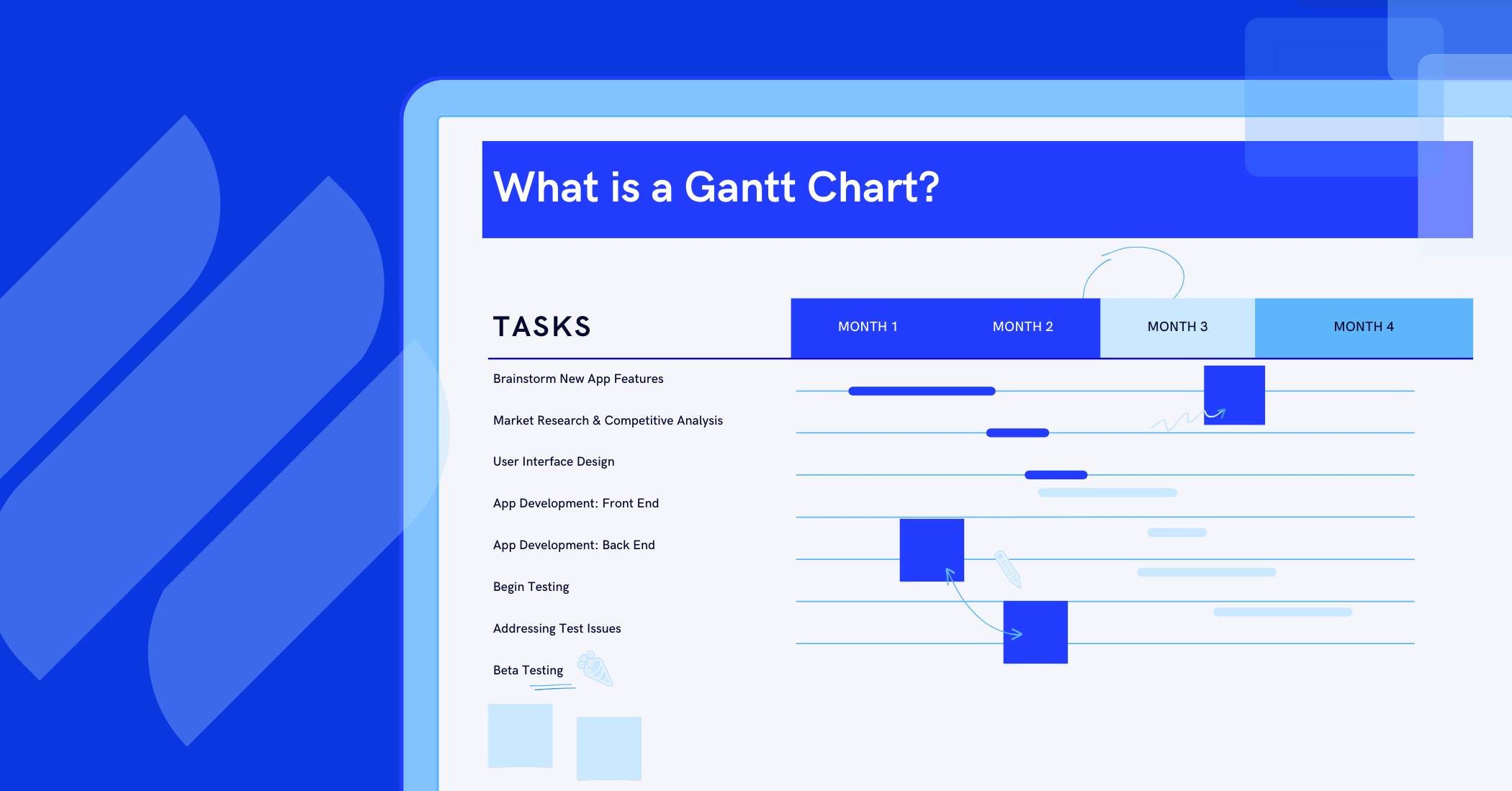Lean Project Management Made Simple: How to Cut Waste and Deliver Real Value
Discover how lean project management can transform your projects by cutting waste and delivering maximum value to customers.
Projects are the lifeblood of any organization, turning visions into tangible results. Yet, many projects falter due to inefficiencies like wasted resources, prolonged delays, or misaligned priorities, leading to bloated budgets and frustrated teams. Lean project management offers a powerful solution to these challenges, redefining how teams deliver by emphasizing efficiency, customer value, and continuous improvement. Rooted in lean principles from manufacturing, this methodology focuses on eliminating waste and ensuring every action contributes directly to what matters most to the customer.
This blog dives deep into lean project management, exploring its core principles, practical applications, and how tools like TaskFord can help you implement it to achieve project success.
What Is Project Management?
Before exploring lean project management, let’s clarify project management. It’s the practice of planning, organizing, and managing resources to achieve specific goals within a defined timeline and budget. This involves coordinating tasks, leading teams, and ensuring deliverables align with stakeholder expectations. Whether launching a product, constructing infrastructure, or planning an event, effective project management keeps projects on track and delivers value.
For a deeper understanding of project management fundamentals, explore our comprehensive Project Management Guide.
Understanding Lean Project Management
Lean project management applies the lean philosophy from manufacturing to project delivery. Its core focus is creating value for the customer while minimizing waste, whether that’s time, resources, or effort. Unlike traditional project management methods that emphasize rigid processes or extensive documentation, lean project management is agile, iterative, and customer-focused.
The goal is to deliver projects that meet customer needs with minimal overhead, fewer delays, and maximum efficiency. By prioritizing value-driven activities and eliminating non-essential tasks, lean project management enables teams to work smarter, not harder.
The Five Principles of Lean Project Management
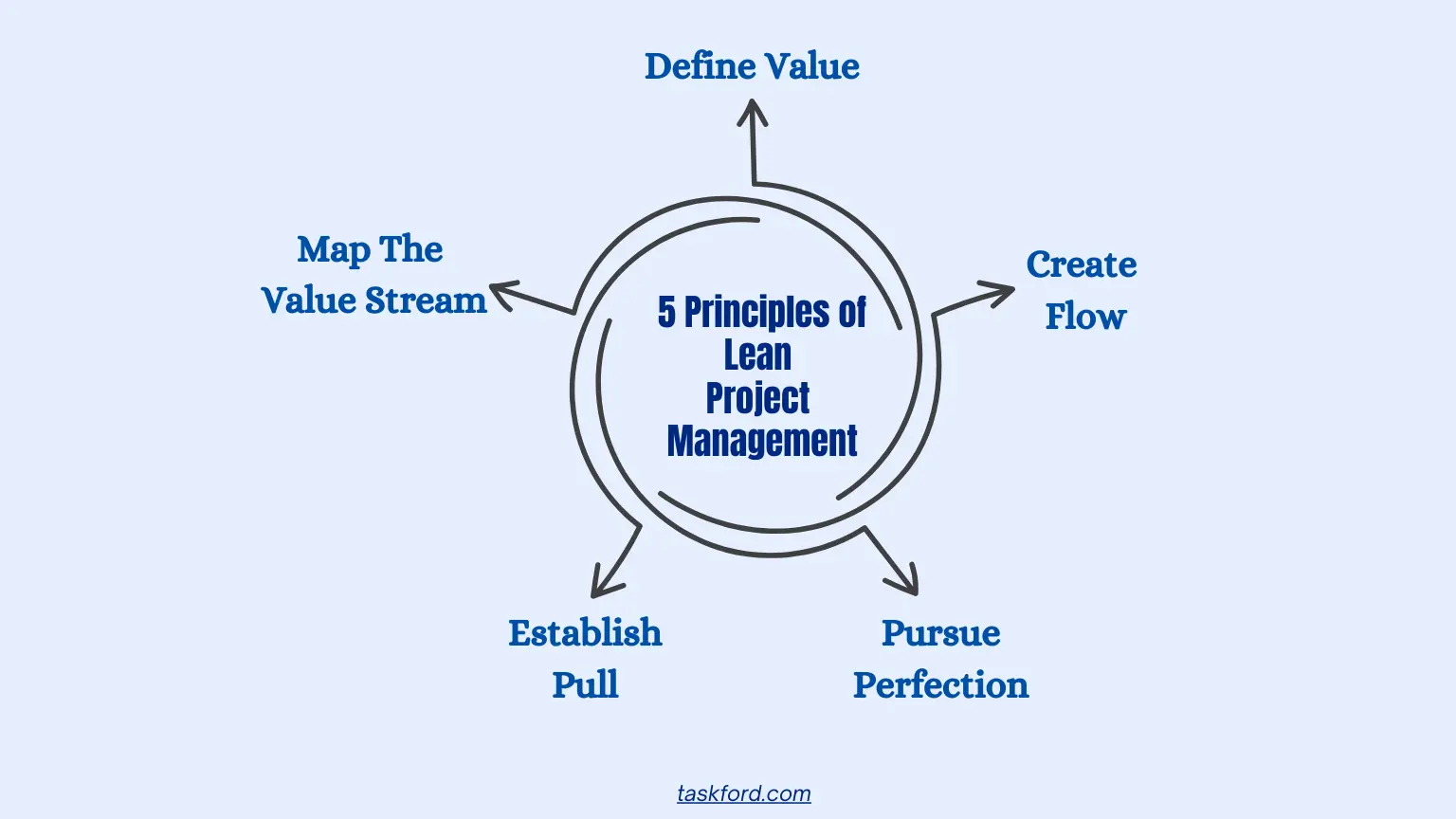
Lean project management is built on five key principles designed to enhance efficiency and value:
- Define Value: Determine what the customer truly values, whether it’s a specific feature, a deadline, or a particular outcome. Every project decision should align with this value.
- Map the Value Stream: Chart every step in your project process and assess whether it contributes to customer value. Eliminate or optimize steps that don’t add value.
- Create Flow: Ensure tasks progress smoothly from one stage to the next without bottlenecks or delays. This requires clear communication and well-defined processes.
- Establish Pull: Initiate work based on demand, not arbitrary schedules. This prevents overproduction and keeps resources focused on immediate needs.
- Pursue Perfection: Continuously improve processes by seeking feedback, analyzing performance, and refining approaches. Lean is about iterative progress toward excellence.
These principles guide teams to deliver high-quality results while minimizing inefficiencies, making lean project management a powerful tool for modern businesses.
Why Lean Project Management Matters
In an era of tight budgets, demanding customers, and rapid market shifts, lean project management provides a competitive edge. Here’s why it’s essential:
- Reduced Costs: By eliminating wasteful activities like excessive meetings, redundant tasks, or unused resources, lean project management lowers project expenses.
- Faster Delivery: Lean prioritizes efficiency, enabling teams to complete projects quickly without compromising quality.
- Improved Customer Satisfaction: By focusing on customer value, lean ensures deliverables closely align with expectations, building trust and loyalty.
- Enhanced Team Morale: Lean empowers teams to focus on meaningful work, reducing frustration from unnecessary tasks and boosting engagement.
- Adaptability: Lean’s iterative nature allows teams to pivot quickly in response to changing requirements or market conditions.
For example, a software development team using lean project management might eliminate lengthy approval processes for minor code changes, enabling developers to focus on coding and testing, resulting in faster releases and happier clients.
How to Implement Lean Project Management
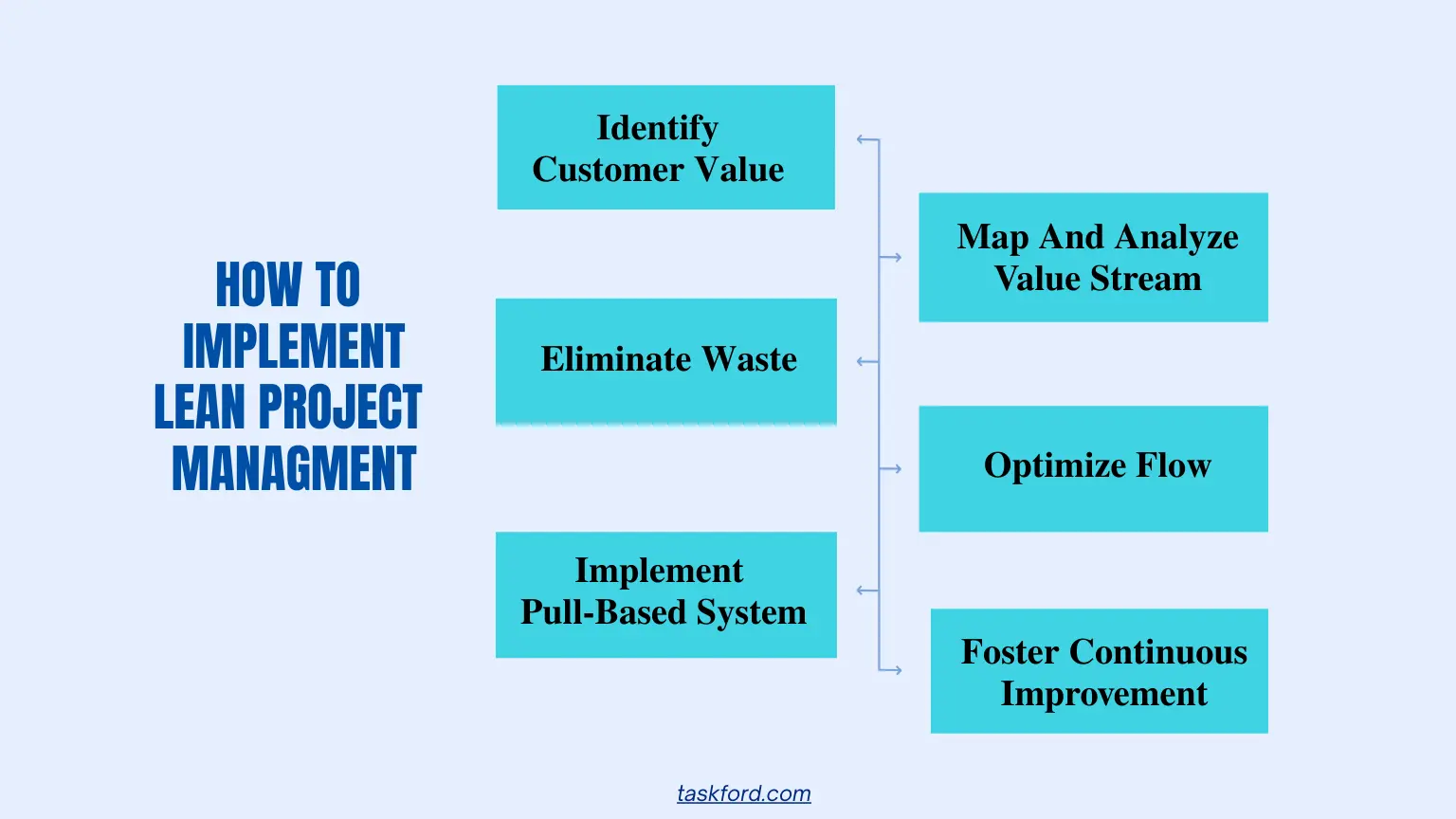
Adopting lean project management requires a mindset shift and a commitment to continuous improvement. Below are actionable steps to apply lean principles to your projects, with practical examples to guide your efforts.
1. Identify Customer Value
Begin by defining what success looks like for your stakeholders. Engage with customers, clients, or end-users to understand their needs. For example, in a marketing campaign, the client might prioritize lead generation over brand awareness. Use surveys, interviews, or workshops to gather insights, then align every project decision with this value.
Pro Tip: Create a value statement for your project. For example, “Deliver a user-friendly mobile app that reduces customer onboarding time by 20%.” This keeps the team focused.
2. Map and Analyze the Value Stream
Value stream mapping is a visual exercise that outlines every step in your project process, from ideation to delivery. Identify which tasks directly contribute to customer value and which don’t. Non-value-adding activities, often called waste, include excessive documentation, waiting periods, or overcomplicated approvals.
For example, in a construction project, waiting for permits might delay progress. A lean approach could involve pre-submitting applications or negotiating faster reviews with authorities.
3. Eliminate Waste
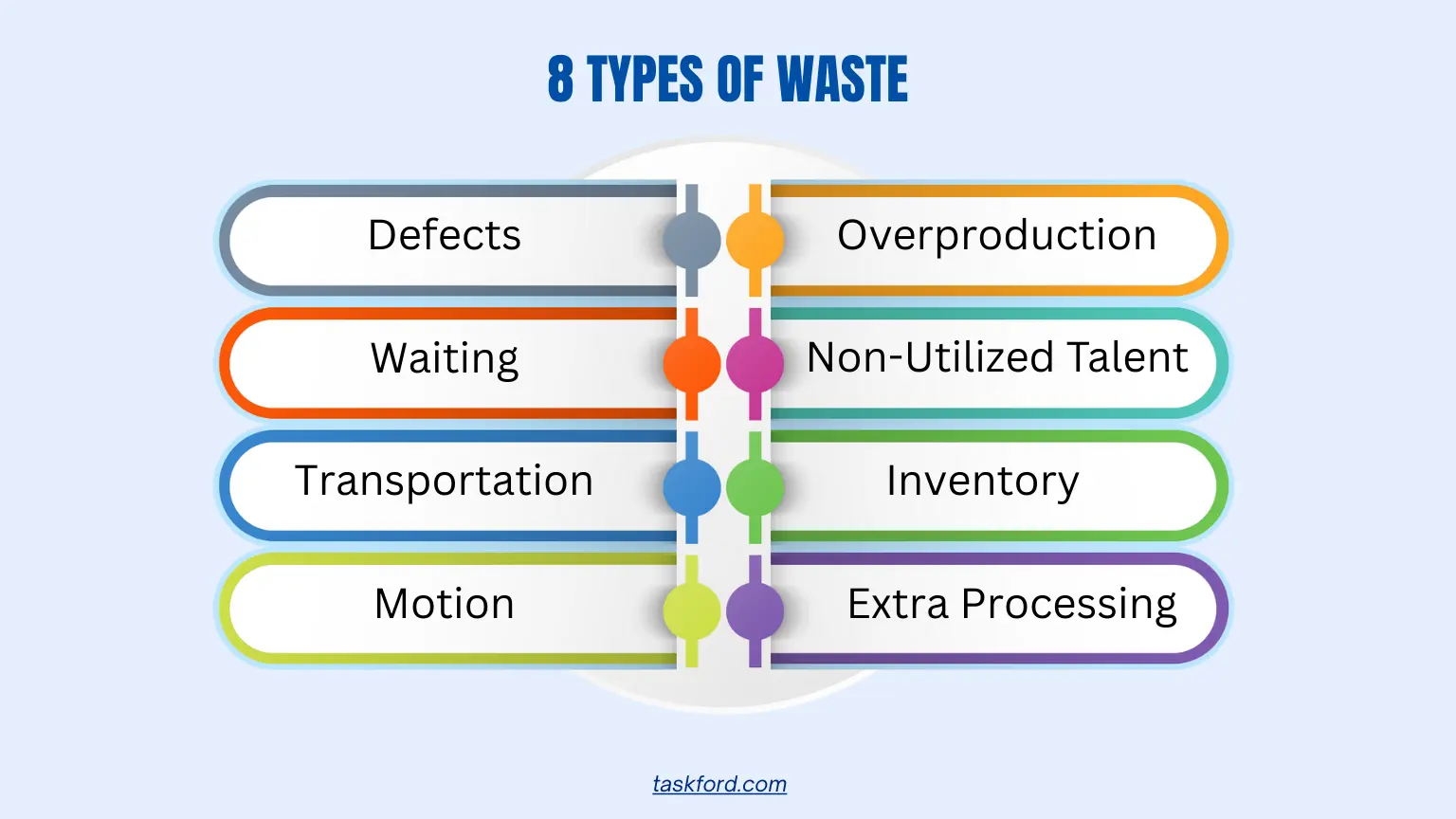
Lean identifies eight types of waste:
- Defects: Errors requiring rework, such as buggy software or misaligned designs.
- Overproduction: Delivering more than needed, like creating unused marketing materials.
- Waiting: Idle time, such as team members waiting for approvals.
- Non-utilized Talent: Underusing team skills, like assigning routine tasks to highly skilled employees.
- Transportation: Unnecessary movement of resources, such as shipping materials between sites.
- Inventory: Excess materials or unfinished deliverables piling up.
- Motion: Unneeded physical or digital movement, like excessive clicks in a clunky software interface.
- Extra Processing: Overcomplicating tasks, such as generating lengthy reports no one reads.
To eliminate waste, analyze your value stream map and target these areas. For instance, reduce waiting time by automating approvals or using collaborative tools to speed up communication.
4. Optimize Flow
Smooth flow ensures tasks progress without interruptions. Break projects into smaller, manageable tasks (similar to agile sprints) and assign clear responsibilities. Use visual management tools like Kanban boards to track progress and identify bottlenecks early.
(In case you want to learn more about sprints, we prepared a detailed guide about Agile Project Management Sprint Cycle)
For example, a product development team might use a Kanban board to move tasks from “To Do” to “In Progress” to “Done,” ensuring no task stalls due to unclear ownership.
5. Implement Pull-Based Systems
In a pull system, work is initiated based on demand, not arbitrary schedules. This prevents overproduction and ensures resources are used efficiently. For instance, a content team might produce blog posts only when analytics show demand for specific topics, rather than creating content in bulk.
To implement pull, use just-in-time (JIT) planning. Prioritize tasks based on immediate needs and adjust as priorities shift. This approach keeps teams focused and responsive.
6. Foster Continuous Improvement
Lean is a journey of ongoing improvement. Encourage a culture of continuous improvement by holding regular retrospectives to review what worked and what didn’t. Use feedback from team members and stakeholders to refine processes. For example, after a project, a team might realize that daily stand-up meetings were too long and switch to brief, focused updates.
TaskFord: Your Partner in Lean Project Management
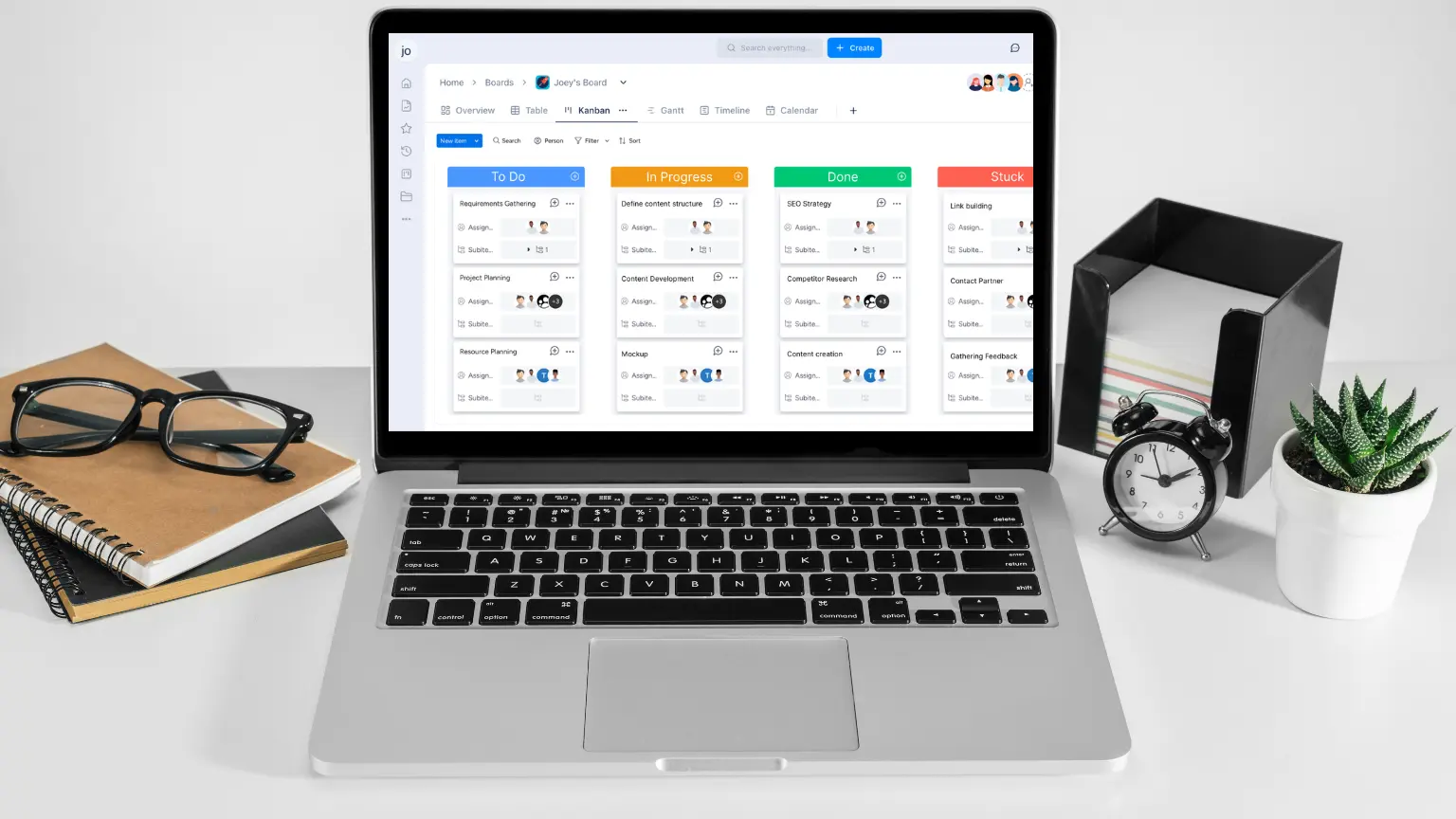
At TaskFord, we understand the challenges of managing projects efficiently while delivering maximum value. Our project management platform is designed to support lean principles, helping teams eliminate waste and focus on what matters. Here’s how TaskFord empowers lean project management:
- Visual Task Management: Our Kanban boards and Gantt charts provide clear visibility into project progress, making it easy to spot and resolve bottlenecks.
- Collaboration Tools: Real-time communication features reduce waiting time by enabling instant feedback and approvals.
- Resource Optimization: TaskFord’s resource planning tools ensure team members are assigned tasks that match their skills, minimizing non-utilized talent.
- Customizable Dashboards: Track key performance indicators (KPIs) like cycle time and task completion rates to drive continuous improvement.
- Time Tracking: Monitor time spent on tasks to identify inefficiencies and optimize resource use.
For example, a marketing agency using TaskFord reduced project delivery time by 15% by using our Kanban boards to eliminate redundant review cycles. Whether managing a small team or a complex portfolio, TaskFord equips you with the tools to implement lean project management effectively.
Real-World Applications of Lean Project Management
Lean project management excels across industries. Here are three examples:
- Software Development: A tech startup used lean principles to prioritize features based on user feedback, reducing development time by 25% and focusing on high-value functionalities.
- Construction: A contractor eliminated overproduction by ordering materials just-in-time, cutting storage costs and reducing waste from unused supplies.
- Event Planning: An event organizer used value stream mapping to cut unnecessary vendor meetings, delivering a high-impact conference on a leaner budget.
These examples demonstrate how lean project management adapts to diverse needs, delivering measurable results.
Challenges and How to Overcome Them
Lean project management offers significant benefits but comes with challenges. Here are common hurdles and solutions:
-
Resistance to Change: Teams accustomed to traditional methods may resist lean’s iterative approach.
Solution: Provide training and showcase quick wins to build buy-in.
-
Overemphasis on Speed: Focusing solely on efficiency can compromise quality.
Solution: Balance speed with quality checks to ensure deliverables meet standards.
-
Lack of Clarity on Value: Misunderstanding customer needs can derail projects.
Solution: Engage stakeholders early and often to align on goals.
Tools like TaskFord can help overcome these challenges by providing transparency, fostering collaboration, and keeping teams aligned.
Measuring Success in Lean Project Management
To ensure lean project management delivers results, track these KPIs:
- Cycle Time: Time taken to complete a task from start to finish. Shorter cycle times indicate improved efficiency.
- Customer Satisfaction: Use surveys or Net Promoter Score (NPS) to gauge whether deliverables meet expectations.
- Waste Reduction: Measure reductions in defects, waiting time, or excess inventory.
- Team Productivity: Track task completion rates to assess team efficiency.
TaskFord’s analytics dashboard simplifies monitoring these metrics, providing data-driven insights to refine your lean approach.
Getting Started with Lean Project Management
Ready to adopt lean project management? Follow these steps:
- Educate Your Team: Share lean principles and success stories to build enthusiasm.
- Start Small: Pilot lean on a single project to test and refine your approach.
- Leverage Tools: Use project management software like TaskFord, Asana, ClickUp and Trello to visualize tasks, track progress, and eliminate waste.
- Iterate and Improve: Regularly review processes and adjust based on feedback.
By starting small and scaling gradually, you’ll build a lean culture that drives consistent value.
Conclusion
Lean project management is more than a methodology; it’s a mindset that empowers teams to deliver exceptional value while eliminating waste. By focusing on customer needs, optimizing processes, and fostering continuous improvement, lean transforms project management. With tools like TaskFord, implementing lean principles becomes straightforward, enabling teams to achieve efficiency and quality.
Ready to cut waste and deliver real value? Explore lean project management with TaskFord and elevate your projects. Start your free trial today and experience the power of lean.
Learn more
-
Agile Project Management - The Basics for Beginners
-
10 Best Project Management Tools for Remote Teams - Expert Reviews 2025
-
What Does A Project Manager Do? A Guide to Advancing Your Career
Making work simpler,
smarter, and more connected
Join our waitlist and be notified first.

Related Blog
Subscribe for Expert Tips
Unlock expert insights and stay ahead with TaskFord. Sign up now to receive valuable tips, strategies, and updates directly in your inbox.



